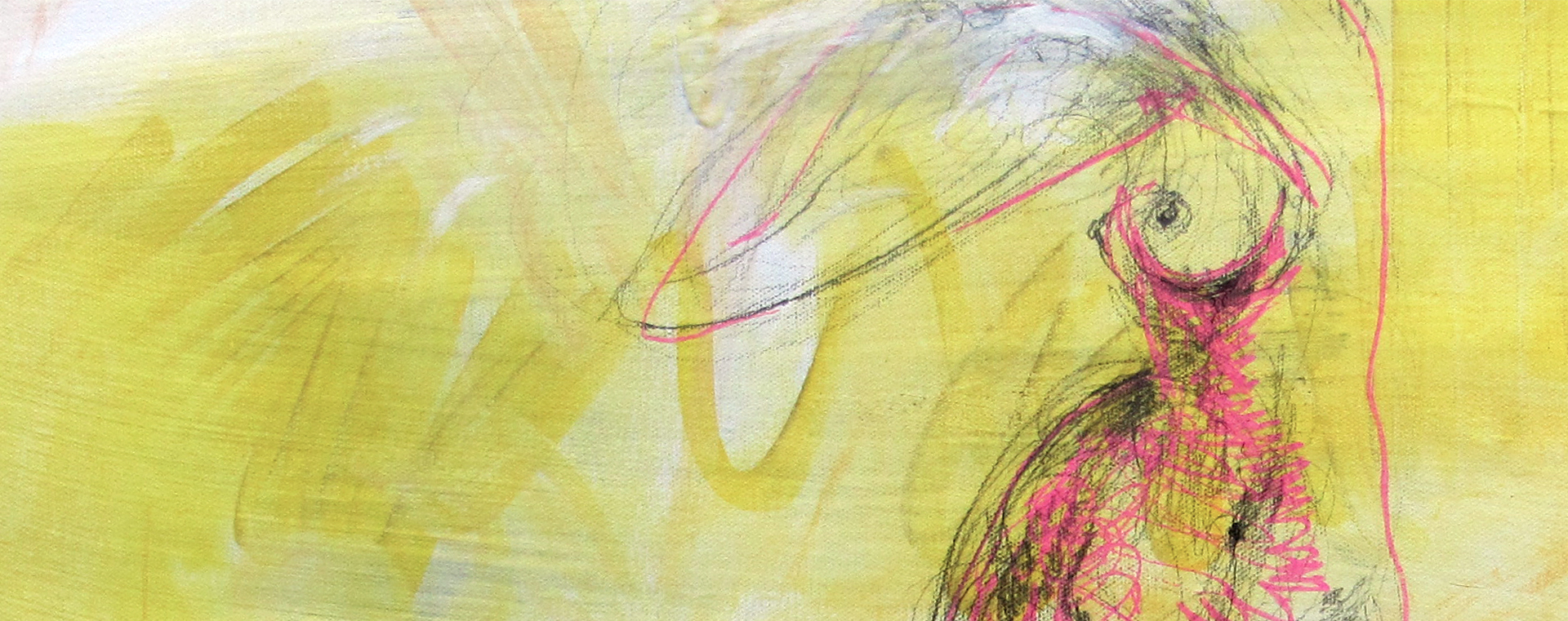DAVID CAMINER
PLASTIC SURGEON
A CONFIDENTIAL ENQUIRY
A CONFIDENTIAL ENQUIRY
A CONFIDENTIAL ENQUIRY
A CONFIDENTIAL ENQUIRY
Tummy Tuck (Abdominoplasty)
Improvement of the stomach or abdominal area can be achieved in numerous ways and the different procedures address the pathology that needs to be corrected.
Liposuction
If a client has good skin texture, is relatively young and the abdominal musculature is in good shape, but there is an amount of excess subcutaneous fat, liposuction alone is an excellent technique and is probably recommended in this type of patient.
The scars from liposuction are placed in the belly button to reach the upper abdomen and in the pubic hair or just above the pubis for the lower abdomen; these scars in time will not be visible.
Mini-abdominoplasty
If however, there is some loose skin, excess fat and the rectus-abdominus muscles are separated in the midline, then a mini-abdominoplasty is indicated, rather than just liposuction.
When the mini-abdominoplasty is performed, the aim is to minimise the length of the suprapubic scar.
Due to this shorter scar however, the surgeon cannot remove as much skin and hence this operation is performed only if minimal skin needs to be excised from the lower abdomen. In addition, the umbilicus can be lowered 1-2cms to improve the hooding above the umbilicus. This also improves the amount of loose skin over the upper abdomen.
Radical abdominoplasty
If there is a lot of loose skin and fat and the abdominal wall needs tightening, a radical abdominoplasty is the best procedure for this type of abdomen. The scar is longer from hip to hip, but with time this usually results in a fine line and the scar placement can be adjusted to the patients underwear or swimsuit choices.
With this procedure I usually liposuck the upper abdomen to try and get the best long term results. The abdominal muscles are pulled together in the midline, there is a scar around the umbilicus and the umbilicus looks quite natural. I also shorten the stalk of the umbilicus so that the skin of the abdominal wall is pulled in to try and hide the peri umbilical scar.
Commonly liposuction of the hips are performed at the same time for an overall better result. Other procedures can be performed with the above procedures in women especially those seeking to improve their breasts. Many surgeons refer to the operations to improve their breasts and abdomen as “mummy makeovers” a term which I believe is too ‘Hollywood’.
I use quilting sutures to try and decrease the complication of seroma, (a pocket of serous fluid that sometimes develops after surgery), and in my experience I have tried many different procedures to try and do this, but feel that reducing the dead space by joining the deeper structures with sutures is the best option.
Post-operative care following radical abdominoplasty
To help with post-operative pain relief, I inject a lot of local anaesthetic intra-operatively to decrease the pain when the client wakes. I also use a pain buster, which delivers local anaesthetic into the abdominal wall for 2 to 3 days post-operatively. This is a technique that I have used for some years and one that I have found to effectively reduce post-operative pain, which is worse in the first 48 hours.
I am a fan of using drains and I use two drains which are removed between 3 and 7 days following the operation, depending on the amount of drainage required. Very occasionally, if there is not enough skin to be stretched so that the umbilical hole is not able to be fully excised, a very small vertical scar may have to be accepted. I believe this a better approach than having the entire scar of a radical abdominoplasty raised.
General considerations of abdominoplasty
The above operations are all performed under a general anaesthetic. Liposuction can be performed as a day only procedure, whereas the other operations usually require a post-operative hospitalisation with the usual stay for a radical abdominoplasty being between 3 and 5 nights.
A garment must be worn in all cases and at all times, except when showering, for approximately 4 to 6 weeks. With a radical abdominoplasty I believe patients are back to 60% of their former selves at 3 weeks and 90% at 6 weeks.
Most of the time I can achieve an entirely flat stomach, which is very important to all women and most men. I use dissolving and subcuticular sutures, which are hidden sutures and at the postoperative visit between 10 and 14 days, scar cream and tape is applied to the wound to aid with further healing of the scar.
I recommend that tape and scar cream be used for three months post-operatively to minimise scarring. Post-operative problems are kept to a minimum and great care is taken to reduce all the risks, including DVTs and pulmonary emboli. The scars are often better than expected by the patient and great care is taken in achieving natural results for all of my patients.
FYI: Liposuction of the hips is an adjunctive procedure, which can be performed at the same time and improves the overall results of abdominoplasty.
A few final words
In regards to abdominoplasty, in most cases liposuction is the option preferred if applicable, however in many circumstances this procedure will not achieve the desired outcome. Abdominoplasty, both mini and radical, are both far more extensive procedures with longer recovery periods than liposuction, but are the procedures of choice in the great majority of cases.
So in conclusion, abdominoplasty is not a one size fits all, each patient’s situation must be considered separately and a plan designed to provide each patient with the best possible outcome.
Once you have recovered from the abdominoplasty, you will be amazed at the difference in your physique, it is truly a life changing procedure for many of my patients.
Post Procedure Facts & Advice Send A Confidential Enquiry Meet Dr David Caminer
